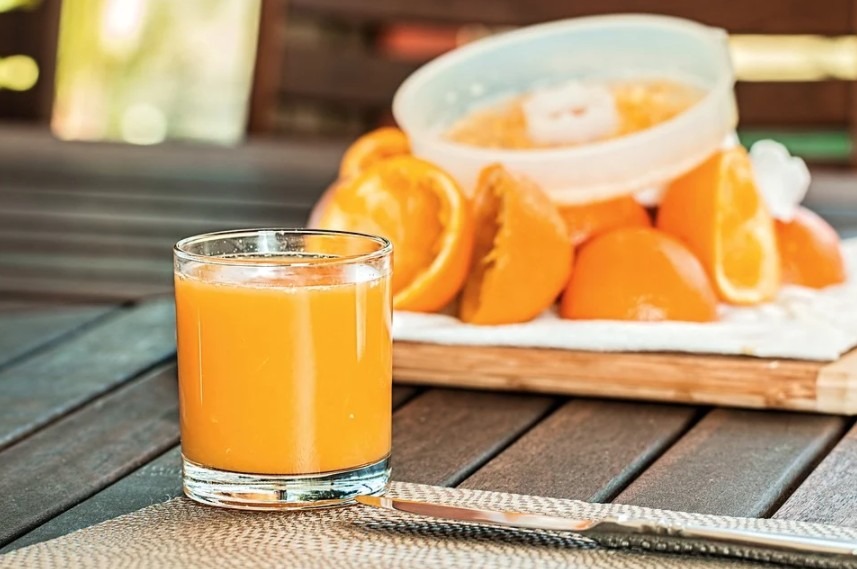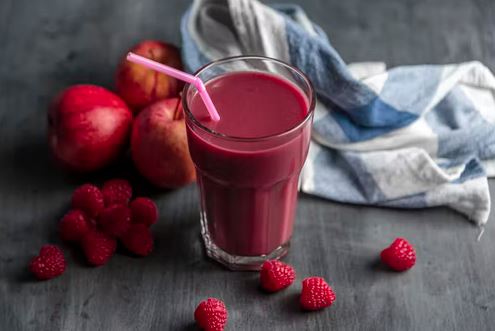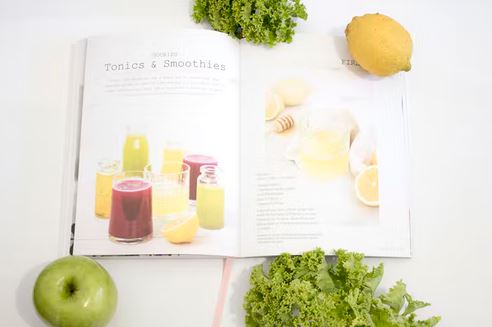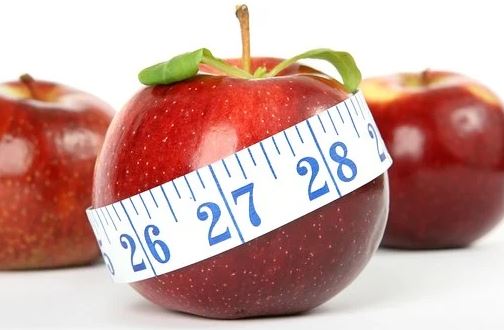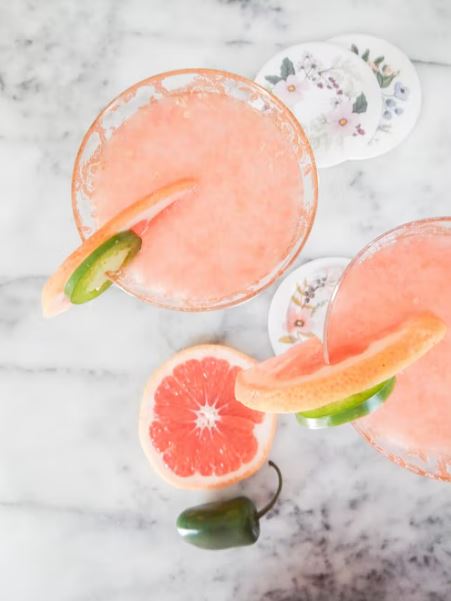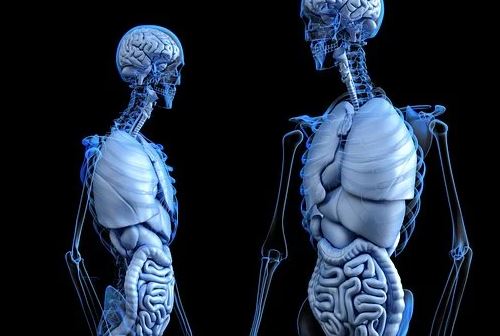Fruits and vegetables are beneficial to your health. These are a source of vitamins and essential nutrients required by your body to grow and fight potentially harmful substances. Important compounds such as fiber, proteins, carbohydrates, iron, calcium, and magnesium are some important needs that should be provided to the body on a daily basis. For years, people have been juicing both fruits and vegetables.
It is a process of extracting juices from fruits and vegetables for detoxing and other purposes. While many researchers argue that juices tend to improve nutrient absorption, others are off the view that it strips off important nutrients such as fiber. Therefore, let us discuss in detail as to whether juicing is good or bad for health.
What Is Juicing?
As already mentioned, juicing is a process in which fruits and vegetables are used to extract juices. Many people prefer consuming juices for detoxing and cleansing purposes. It is a process, which removes solid matter such as the seeds and pulp from vegetables and fruits. As a result, you get a liquid that consists of antioxidants, minerals, and vitamins.
What Are The Juicing Methods?
Juicing has normally been done by two methods, squeezing by hand or by motor-driven juicers.
The following are the most popular juicing methods:
Cold-press: Cold-press juicers are also known as masticating juicers. These types of juicers crush fruits and vegetables slowly to extract the maximum amount of juice. For instance, if you were to observe a cold-press machine that is used to crush sugarcane, you would find that it crushes it slowly so that every drop of sugarcane juice is extracted.
Centrifugal: Centrifugal machines have cutting blades that grind fruits and vegetables into very fine pieces until they turn into a juice form. Centrifugal machines are normally used to collect the juice and separating the solid matter present inside fruits and vegetables.
By Hand: Squeezing by hand is probably the oldest method of extracting juices. It is used for fruits and vegetables such as oranges and lemons etc. When it comes to extracting juices from fruits and vegetables such as oranges and lemons, people mostly prefer to do it by hand so that the seeds are kept at bay. Even though it takes a bit of an effort but features a slight advantage over cold-press and centrifugal juicers.
Juicing Purposes
People extract and prefer juices for usually two purposes i.e., detoxification/cleansing or as a supplement. When it comes to extracting juices for detoxification/cleaning purposes, people tend to extract the juice and store it for 3-4 days, depending on the type of fruit or vegetable. Many people tend to believe that drinking juices help with detoxification and cleansing of the body, however, no scientific evidence supports this theory at the moment.
Furthermore, juices could also be used as a supplement to a normal diet. For instance, if you do not prefer consuming certain fruits and vegetables, you could extract the juices and add them to your daily diet to reap maximum benefits.
A Quick Source of Obtaining Nutrients
If you were to observe and pay attention to your daily diet, you would find out that your body does not receive important nutrients that it needs. Today, the food you consume also contains comparatively fewer nutrients than they did several years ago. Due to processing methods, fruits and vegetables are stripped of their important nutrients. However, manufacturers claim to inject those nutrients back using different methods but it is hard to believe whether it’s true.
If you are an athlete, who trains hard every day or simply a fitness freak who is conscious of his/her diet, then consuming juices would be an ideal option. This shall also include the fruits and vegetables that you do not prefer to consume otherwise. Research conducted a couple of years ago found that supplementing mixed vegetables and fruits significantly improved the healthy nutritional intake of participants. In addition to that, a review of around 22 studies stated that consuming juices extracted from fresh fruits and vegetables helped improve both folate and antioxidant levels, which helped convince certain researchers about juicing benefits.
Does Fruit Juice Fight Against Diseases?
Over the years, several studies have been conducted on the benefits of fresh juices and its direct link to counter certain diseases. It is a well-known fact that fruits and vegetables contain antioxidants and anti-inflammatory compounds that help reduce the chances of several diseases. Mostly, people tend to extract and consume juices due to anti-oxidant properties, as mentioned already but that is not it. Other important compounds such as fiber play a pivotal role as well. Many antioxidants tend to be bound to fibers, which is also beneficial for your digestive system.
A high intake of fresh juices has shown to improve health conditions in many ways. For instance, if you were to consume apple and pomegranate juice, you are likely to reduce the risk of heart diseases. Furthermore, cholesterol and blood pressure levels are maintained as well, which is a plus point for diabetic people. A huge study observed that people had reduced chances of developing Alzheimer’s disease upon drinking fresh juices multiple times during a week. This might be due to the fact that fruits and vegetables contain polyphenols, which help protect cells of the brain.
Juicing Might Not Be Ideal For Weight Loss
Many people tend to consume juices to help themselves with weight loss. However, they tend to ignore the fact that most juice diets involve 500-1000 calories per day. This puts them in a severe conflict with weight loss and calorie deficit. Finding the balance, in such scenarios is pretty complicated. While juices may help with your weight loss in the short run, it will also slow down your metabolism rate as well.
Do Not Replace Meals With Juices
If you had thought of replacing meals with juices, let us inform you that it might not be a good idea. Reason being, that juices do not contain sufficient fats and proteins. Proteins are essential for growth and muscle repair. While fats are required for hormone balance and sustaining energy.
If you were to replace one meal with juice per day, it is unlikely to cause any harm but if you replaced all the meals with juices, then your body may suffer. Therefore, while consuming juices is healthy for the body, the intake of fruits and vegetables in solid form is essential as well.
Excess Intake Of Juices Maybe Potentially Harmful
Excess intake of fresh juices has been associated with obesity and high chances of metabolic syndrome. At the same time, there is not enough sufficient evidence to suggest that eliminating the intake of solid foods will detoxify the body. It performs the detoxification process using the kidneys and liver.
Furthermore, juices contain oxalate, high consumption of which is associated with kidney failure. Therefore, if you were to go hard on consuming juices, it might be that your body suffers more than improving itself.
Juicing Vs. Blending
The difference between blending and juicing is what remains out of the process. With juicing, you essentially remove all the fibrous materials while leaving only the liquid from the vegetables and fruits. With blending, you get everything such as pulp and fiber that increases the volume of the product. This is where the benefits of the two options differ from one another.
Juicing
- Lack of fiber is essential for healthy digestion, reducing the risk of heart disease, and controlling blood sugar levels.
- Some juices contain more sugar than soft drinks.
- Easier absorption of nutrients.
- More concentrated amounts of vitamins and nutrients.
Blending
- The fibrous parts of vegetables and fruits fill you up and contain antioxidants.
- Mixed vegetables and fruits retain all the fiber for healthy digestion.
Nutrient Concentration in Juicing and Blending
When you juice different types of vegetables and fruits, you get nutrients that are concentrated and more easily absorbed. It is because most of the vitamins and minerals found in fruit are usually found in juice. Blending, on the other hand, gives you fibrous and pulp material in a smoothie.
Fiber Content
Juices contain little or no fiber. Fiber is extremely important for good health and good digestion. Soluble fiber found in citrus fruits, green beans, peas, carrots, apples dissolves in the water and slows digestion. It helps to control blood sugar.
Insoluble fiber is one of the top reasons for you to fall in love with it. Usually, it is found in vegetables like potatoes, cauliflower, and leafy vegetables that add bulk to the stool and stimulate bowel action.
Antioxidants
Fiber is not the only thing in the pulp of vegetables and fruits. A study compared the presence of phytochemicals that are antioxidant compounds with possible anticancer properties in blended grapefruits and grapefruit juice. The researchers found that the blended fruit had a higher concentration of beneficial compounds. Primarily, this compound is found in the fibrous membranes of the fruit.
Ease Of Digestion
Juicing advocates suggest that eating fiber-free fruits and vegetables gives the body a break from the hard work of digestion. Also, they suggest that it improves your digestion through nutrient absorption. The analysis confirmed that beta-carotene, a beneficial carotenoid, obtained from juice products rather than whole foods, leads to higher levels of beta-carotene in the blood.
Many studies have proved that higher levels of beta-carotene in blood or plasma predict a lower risk of cancer. Also, researchers have claimed that soluble fiber reduces the absorption of beta-carotene by 30-50%. However, they pointed out that blending is beneficial too. While the fiber stays in the mix, the food’s cell walls break down. Hence, it allows better absorption of beta-carotene.
In certain malabsorptive diseases, diets low in fiber and residue are recommended. In such cases, juicing would be appropriate.
Sugar
The sugar intake is a major downside of blends and juices. Both blends and juices can raise blood sugar. In this case, juices have faster and more dramatic effects on blood sugar levels. With blended vegetables and fruits, you can drink a limited amount before you start to feel full. The drinks get bulked up with fiber, skin, and pulp that fills you up and limits the total calorie intake.
Juicing, on the other hand, can be consumed at higher levels, and still, you will not feel full. Also, some store-bought fresh fruit juices contain as much or more sugar as soft drinks. On average, fruit juice can contain 45.5 grams of fructose per liter, which is not far from the 50 grams of fructose per liter of soft drinks.
For your information, Minute Maid Apple Juice contains 66 grams of fructose per liter which is even more than Dr. Pepper and Coca-Cola. Hence, blending is a better and healthy option than juicing.
Juicing and Blending – Which Is Better
While the consumption of juices is known to provide several health benefits, eliminating solid foods from your diet does not seem to be a healthy decision. The body tends to absorb important compounds such as fiber and proteins more from fruits and vegetables in their solid form. This makes them an essential addition to your everyday diet. Therefore, while juicing is beneficial for your health, its excess could lead to harmful effects.
In juicing, you could be missing out on important nutrients and compounds. To get the benefit of these compounds, you can use the blending option where you get important compounds present in the membrane and pulp of the fruits and vegetables. With blending you get everything a vegetable or fruit has to offer but the pulpy texture might be unappetizing for some people. To keep a balance, you can use blending and juicing simultaneously in the diet.

